![]()
Walking along the rain sodden path, the stranger could see in the near distance the silhouette of building. Hoping this would prove to be a somewhat ideal refuge, it may at least be of help to him to shelter from the rain that hadn’t stopped beating down for most of the day and into the evening.
Off and away from the building was another, much larger one and a light was coming from one of the rooms on the lower floor. Obviously realising the land he was on was private property, he knew he had to creep silently if he was to get to the other building without causing too much alarm.
The stranger, full of a cold and carrying a chesty cough, would finally make it to the smaller building. It was barn that at least for now could become his savior.
The door was firmly locked but as he pulled on one door and pushed forwards the other, a small gap opened, just wide enough for him to squeeze through. It may not have been ideal, but for now, it was better than being outside in the freezing cold and rain.
Unfortunately, it would also be the last place he would ever see.
Our story today takes us back to a mid-afternoon on Monday, 15th February 1909 when a young man by the name of Emanuel Woods, and at around 4.00pm, would make a shocking discover inside a barn that was situated at Two Tree Farm, where he lived and worked.
Making his way across the yard, he walked a short distance along a muddy path made all the worse by the recent inclement weather which had seen it rain heavily for the past couple of days. The barn was situated just a minute or two walk away but was rarely used as other, newly built outbuildings had more space as well as them being located a little closer to the farm.
In fact, the barn itself hadn’t been used since late summer and as the months passed by, it would be left redundant by Emanuel and his father and hardly ever given a thought too.
After struggling to unlock the heavy bolts, Woods finally managed to force the door open just enough to squeeze his body through and into the inside.
Obviously, the last the thing he was expecting was to come face-to-face with the body of a deceased person, but that is exactly what was awaiting him as he made his way into the shippon that adjoined the barn.
Lying on a truss of hay in front of him was the body of man with his arms folded. It was obvious to Woods that this person had been dead for quite a while and the smell alone gave indications to Woods that he had been there for some time.
Shocked by his discovery, Woods ran from the shippon and out of the barn, shouting for his father to come quickly to see for himself what he had found.
Horrified by his sons discovery, Emanuel and his father both fetched for help in the form of Police Constable McCulloch who himself would arrive at the farm not too long thereafter.
Inspecting the body, McCulloch noted that it appeared to be a male, roughly around 50 years of age and who appeared to belong to the lower classes of people such a tramps and the homeless. The body was around 5ft 6in in height and with a sandy moustache that was turning grey.
It was also clothed in an old black coat, corduroy waistcoat and trousers, blue and white striped shirt, an old cap as well as a new looking pair of clogs.
Once satisfied that he had gathered all the necessary information from Woods and his father, as well as writing down a full description of the body, McCulloch informed Mr. Freeman, the Haslingden relieving officer, who at once arranged for a coffin to be sent over to the barn so it could be removed to the mortuary in nearby Haslingden.
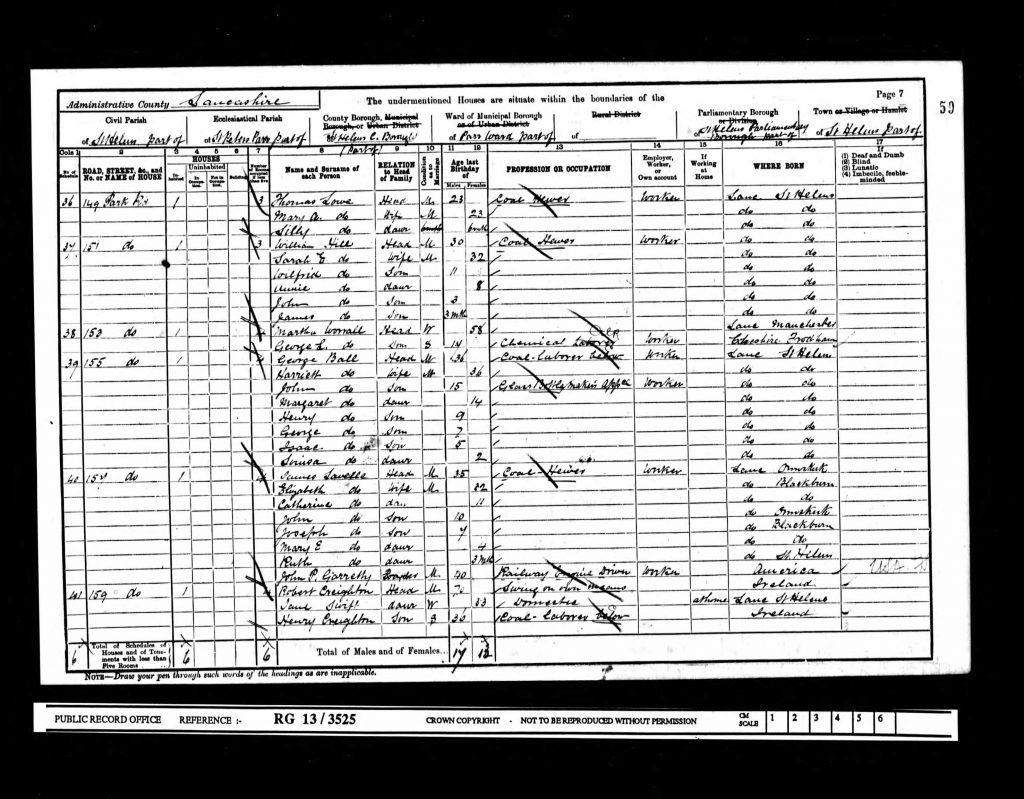
1901 Census Record 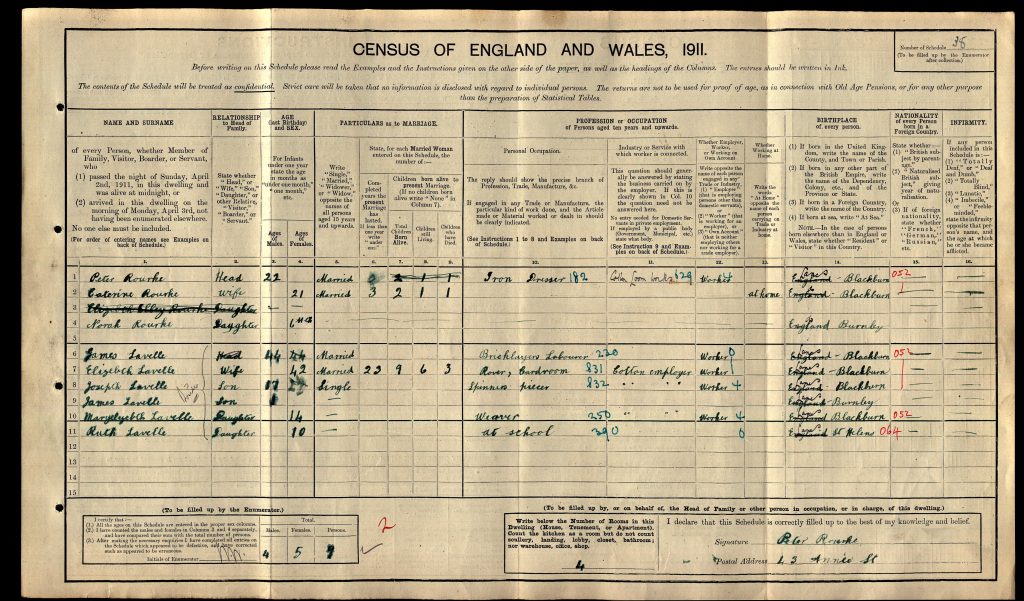
1911 Census Record
On Thursday, 18th February, the inquest into the finding of the body would take place at the Municipal Offices in Haslingden and opened by Mr. Robinson, coroner. Attending would be Mr. J. J. Hamer, foreman of the Jury.
Emanuel Woods would be first to be questioned and he went into detail as to the events shortly before and up to the moment he found the body of the deceased in the barn. He told the jury that he thought the body looked to be that of man aged between 40 and 50 years old.
Woods was asked by a jury member how easily accessible the barn was, to which Woods answered saying that whilst the doors may have been securely locked, a man could gain entrance by forcing the big doors and creeping through the opening obtained. He also told the jury that he had never seen the man before.
Police Constable McCulloch was next to be questioned and he would go over the condition of the body upon his arrival at the barn. He would tell the jury of the clothing of the deceased and would also tell them that he could find no identification on the deceased as to who he was and he could not find any money or loose coins in any of the deceased pockets. What did puzzle McCulloch though was the appearance of the clogs and how new they had looked, and despite the clothing looking in a relatively good condition, the clogs seemed to stand out.
He would also tell the jury that in his own opinion, he would say that the deceased has been dead for around three months such was the state of decomposition.
It didn’t take long for the body to be identified by a woman by the name of Elizabeth Lavelle who would, prior to the inquest taking place that morning, identify the body to be that of her husband, James, who had been missing from home since around mid-November 1908.
She had reported him missing several weeks prior and she hadn’t heard anything of him other than that he had visited her sister, Mary Ann Cooper that same evening over in Burnley.
Soon after identifying the body, Elizabeth insisted on taking away with her the clogs, but it seems that a police constable who was present at the time could not remove them due to the stench emanating from the corpse, as a wave of nausea overcame him, so she removed them herself, nursing them affectionately closely to her chest after doing so.
At the inquest, Elizabeth would tell the jury that she could recognise the deceased as that of her husband simply by the clogs he was wearing and also that of a broken finger that had set badly from an injury he had sustained years before. These where the only two things she could identify the deceased to being that of her husband, James.
Elizabeth would also mention that James had been in the habit of leaving his home for several days at a time and the last time she had seen him was around five weeks before Christmas.
She would also tell the jury that James had no money to buy fresh clothes, and that whilst the trousers on the deceased had been corduroy, and her husband owned a pair of corduroy trousers, they were not those that her husband had worn on the day she last saw him. Mr. Robinson, Coroner, was quick to pick up on this comment, saying, “Well, these seem to be a new pair of trousers!” (in reference to the ones worn by the deceased).
Carrying on with her evidence, Elizabeth would tell the jury that James had a life insurance policy, again, to which the Coroner would quickly take note of.
“How much was he insured for?” asked Mr. Robinson.
“£13.” replied Elizabeth.
Pausing for a moment, Mr. Robinson then asked, “Is that the only amount?”
Obviously not giving a thought as to where the questioning was going, Elizabeth then went onto record saying, “My eldest daughter has him in, but do not know what the amount is for. She is married. Deceased had good health and never ailed for anything except when he was drinking.”
James Lavelle was a man who had worked as a bricksetters labourer in nearby Blackburn. Aged 41, he had been married to Elizabeth for around 21 years and, as already mentioned, in that time he had left her on several occasions, only to return back home, often wearing different clothes to those he originally left in.
On the 18th November 1908, James had been involved some kind of altercation with the Blackburn police and they had a case against him. Just after five o’clock and having left his family home to visit Elizabeth’s sister, Mary Ann Cooper, who lived at number 2 St. James Street in nearby Burnley, James poured out his worries over the issues he had with the police, telling Mary that he didn’t know which ‘way to take’. She would pour him a drink of tea before persuading him to speak to his mother and brother who both lived together over in Yorkshire.
During the inquest, Mary would tell the jury that this was the last time she had seen James alive. She would also back up her sisters stance that she could also identify the deceased to be that of James from the clogs and, yes, the broken finger.
However, she would tell the jury that the coat, waistcoat and trousers on the body where different from those James had on when she last saw him.
Mr. Robinson, Coroner, who had for himself seen the deceased and had put his age between 60 and 70 years old, then asked Mary, “He looks a good deal older than when he was alive!,” to which Mary replied, “Yes, but he knocked himself about a good deal.”
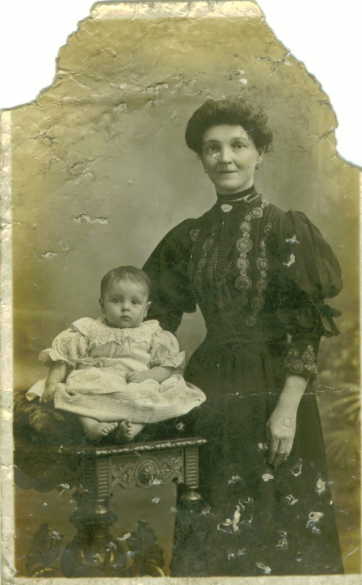
Elizabeth Lavelle 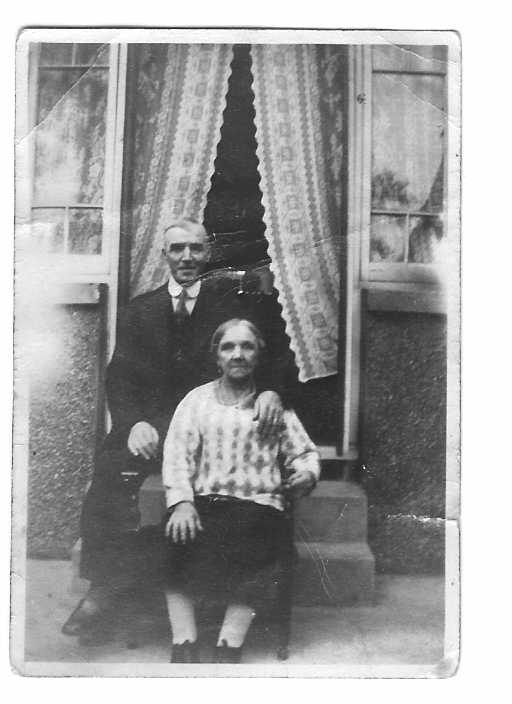
Mary Ann Cooper
Having heard the witness statements and read over all the evidence, Mr. Robinson, coroner would ask the jury to consider whether they were satisfied the deceased was James Lavelle, and also to consider how he came by his death. He would tell them it had looked as though the deceased had been tramping about the country and had got into this place and then perished from want of food and from cold.
After a short deliberation, the jury would return with a verdict that in their opinion the deceased was indeed that of James Lavelle and that he had been dead apparently for some time when found, and that he died in all probability from cold and want of food.
In many respects, this was a simple, open and shut case of how a body was discovered some months after perishing and was easily identified to that of being James Lavelle, husband of Elizabeth.
But it doesn’t end here.
Having been satisfied that the deceased had been identified to that as being James Lavelle, funeral arrangements were soon made with Elizabeth giving instructions to Messrs, Moorhouse and Sons, undertakers from Helmshore, for a funeral on a rather costly scale.
However, she didn’t want to bury her husband until the following Thursday, 25th February, which seemed quite a long wait considering the coroner had given the all clear to make arrangements for the funeral to now take place.
On Monday, 22nd February, Mr. W. Moorhouse of Moorhouse and Sons, went over to Blackburn to speak to Elizabeth. Whilst there, she would mention that she had received a letter supposedly written by her husband, James, who was now living at a lodging-house at Park House, Barnsley!
Holding the letter in front of her, we will never know what was actually written as Elizabeth would not pass it over to Mr. Moorhouse for him to read.
It seems that Moorhouse and Sons had gone to great lengths in connection with the body, not only in collecting it from the mortuary but also preparing it for the upcoming funeral and making sure everything was in place, so as you can guess, this ‘letter’ that Elizabeth maintained had been sent by her still ‘living’ husband caused quite a stir!
Moorhouse and Sons quickly cancelled all arrangements as well as the funeral coaches that had been booked.
On Tuesday, 23rd February and at the expense of the Haslingden Union, the Reverend J. Phillipson of Helmshore would officiate the burial of that of James Lavelle, as named on the Coroner’s death certificate, within the grounds of Haslingden Cemetery. However, news soon came out that the deceased interred was that of a man unknown.
Now, as you can imagine, the police would also take a keen interest into these new developments and it didn’t take long for them to confirm that James was indeed, very much alive and living, as Elizabeth had stated, in lodgings over in Barnsley.
With news that James was alive, the insurance company in which he was insured by not only his wife, Elizabeth but also that of his eldest daughter, would refuse to pay the claims made upon them and that the deceased man was cut of any benefit.
There are many questions that unfortunately may never be answered in this extremely strange case. For example, and perhaps the first one being – who is buried in the now unmarked grave in Haslingden Cemetery? We know it’s a middle-aged man, somewhere perhaps between the age of 50 to 60. But who was he? Where did he live? Was he a homeless man who simply perished due to cold and lack of food?
But then this leads to questions relating to his attire. And again, the most obvious question that needs to be asked is, how did he come to be owning the clogs once owned by James Lavelle? After all, if he was a tramp, where did he get the money to enable him to perhaps buy the clogs off James?
Let’s remember that Elizabeth told the jury at the inquest that James had no money to buy new clothing so how did he manage to get to Barnsley? Surely he would need money to enable him to travel or did he hitchhike, or did he just walk from Blackburn to Burnley and then to Barnsley? Or, and this seems the more plausible – did someone offer him some money to buy perhaps a train ticket to travel? Could this person have been his sister in law, Mary? Or did he have money to begin with?
Still, the question remains – how did a stranger end up owning the same clogs that James once owned?
But for me the question of insurance plays a big part in this story. Elizabeth admits to taking out an insurance policy on James as did her own daughter. So was this a not-so-cleverly hatched scheme to defraud Messrs. Moorhouse and Sons out of insurance money? And if so, what of the deceased body found in the barn – was this unfortunate man just in the wrong place at the wrong time? Could he have been lured to the barn at Two Tree Farm with his cries for help being muted by the clattering of thunder one stormy evening, as his captor or captors committed an act of murder? And just to keep things seemingly straightforward during the inevitable inquest once the body was found, he had one of his fingers broken, just as James had, to make people believe that the poor man was that of James Lavelle?
Of course, I’m only speculating and at no time was there any mention of the man in the barn having been murdered. But something strange definately occurred in between the deceased having somehow taken possession of the clogs, having a finger broken and then for him to perish in that barn sometime between November 1908 and January 1909.
If it was indeed something as sinister as murder, then why would James write to his wife telling her of his whereabouts some three to four months after vanishing and why would she even think of telling Moorhouse and Sons of his whereabouts?
As for James Lavelle, after having returned home from Barnsley, he would seemingly move around the country with his family, having resided in Ormskirk in 1910 before finally relocating to Burnley around 1911. He would remain there until his death in November, 1916. His body would be interred within the grounds of Burnley Cemetery with his grave numbered as A17124.
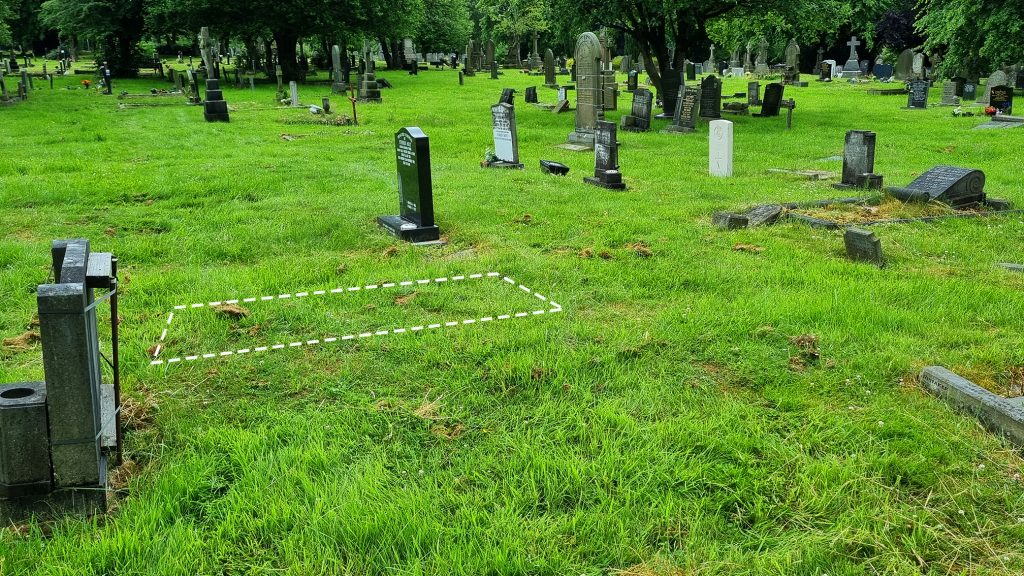
James Lavelle 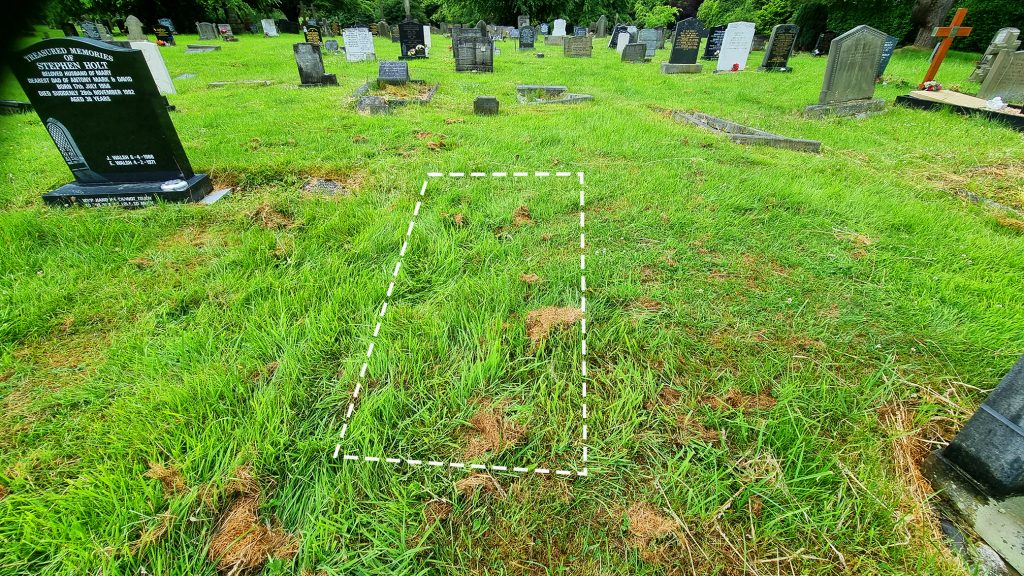
James Lavelle 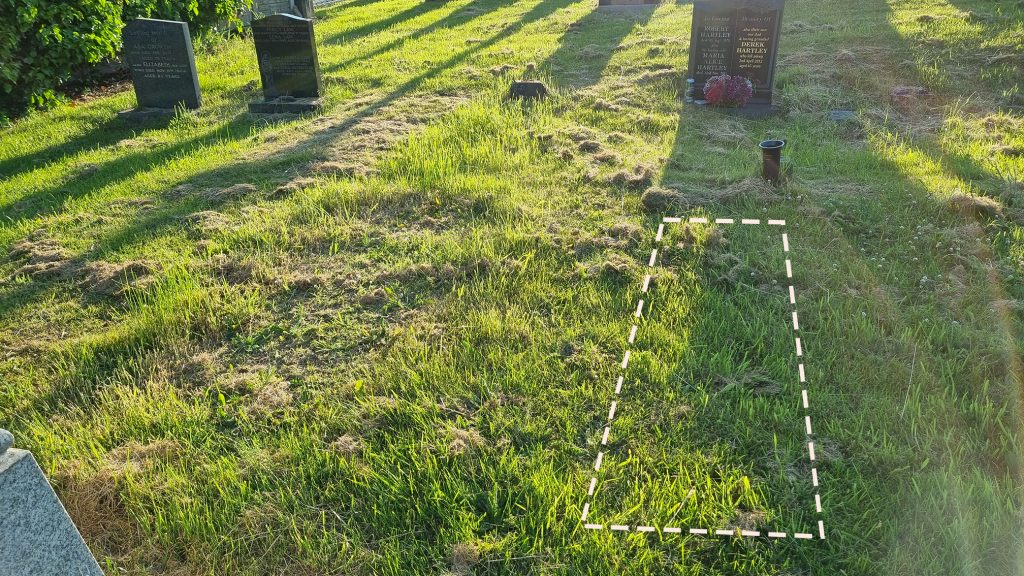
Unknown man
This is a strange case indeed with, like I say, many questions that have remained unanswered for over 100 years. Perhaps they will never be answered and only time will tell.
And as for the man in the barn, his body would be interred within the grounds of Haslingden Cemetery on Tuesday, 23rd February 1909. His grave was simply marked as C977. Unfortunately, no grave stones or markers exists today and it seems we will never know who was found that mid-afternoon on Monday, 15th February by young Emanuel Woods.
Sources used in this story;
Northern Daily Telegraph – Thursday 18 February 1909
Haslingden Gazette – Saturday 20 February 1909
Haslingden Gazette – Saturday 27 February 1909
Barnsley Chronicle, etc. – Saturday 27 February 1909
+ many more courtesy of the British Newspaper Archive – www.britishnewspaperarchive.co.uk and www.ancestry.co.uk
Please follow me on social media;
Twitter – https://twitter.com/dohpods
Instagram – www.instagram.com/dohpods
Youtube – https://www.youtube.com/channel/UC1awBMK4u6luyrh3Ny9vhpg

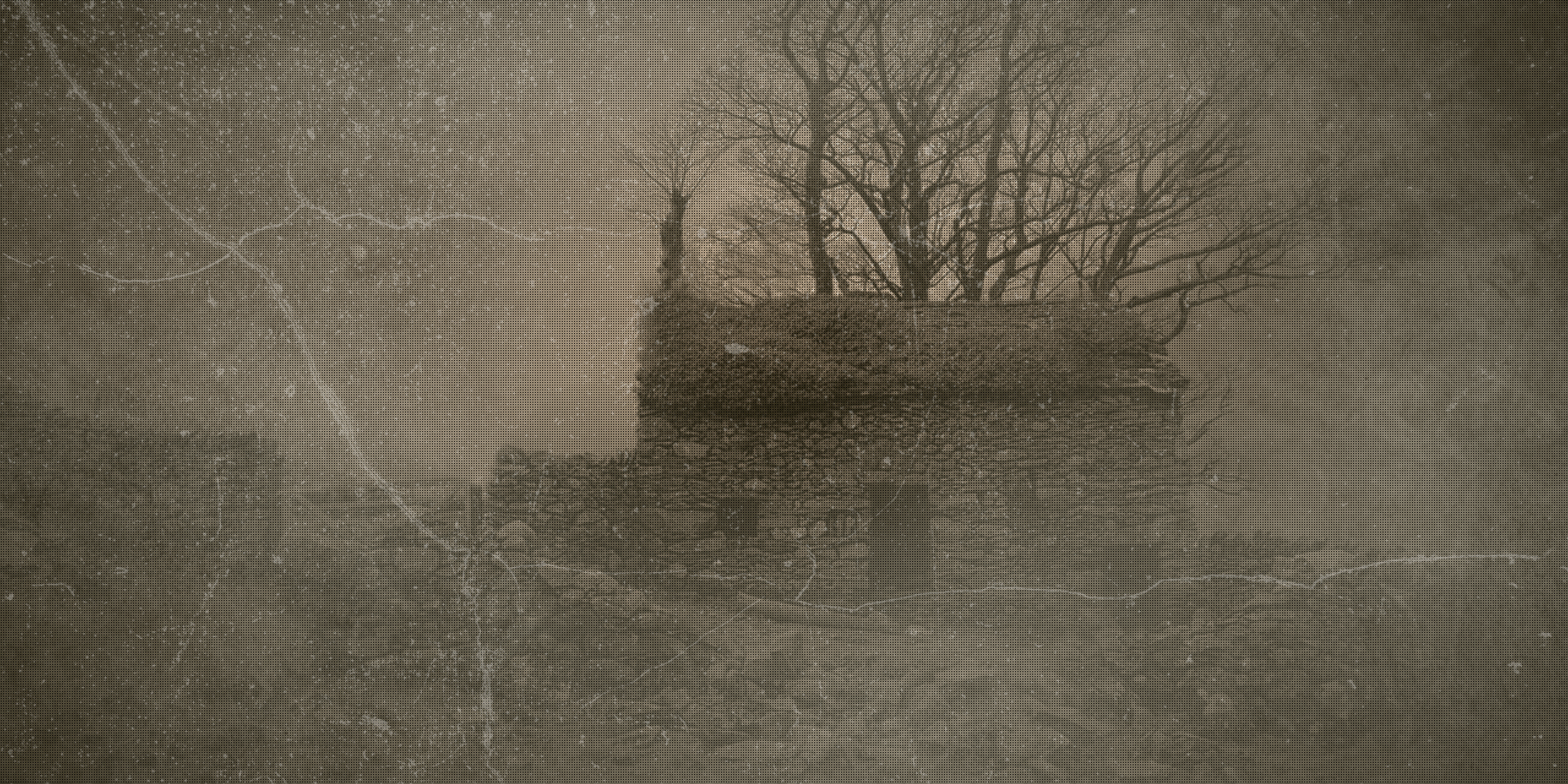
Leave a Reply